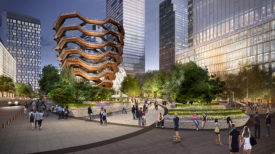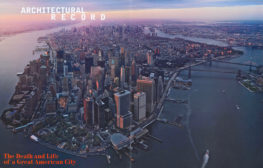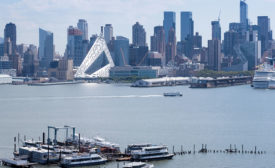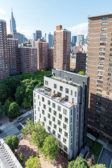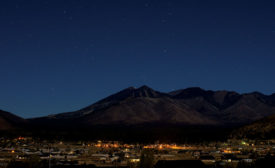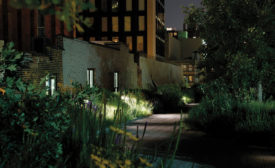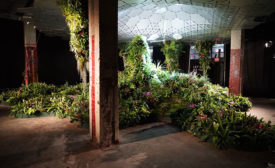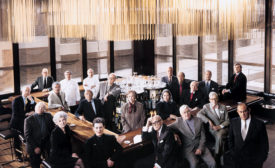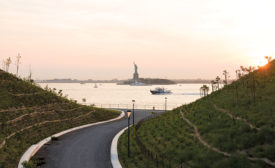Home » New York City
Articles Tagged with ''New York City''
Architectural Record Remembers September 11
Fifteen years later, the magazine looks back on our coverage of the tragedy that changed the world.
Read More
Carmel Place
Living Small in the Big City: A building of micro-units introduces a new housing typology for New York’s changing demographics.
Read More
New York’s Lowline Wins Preliminary City Approval
The buzzed-about, subterranean park is one step closer to becoming a reality.
Read More
Copyright ©2024. All Rights Reserved BNP Media.
Design, CMS, Hosting & Web Development :: ePublishing
